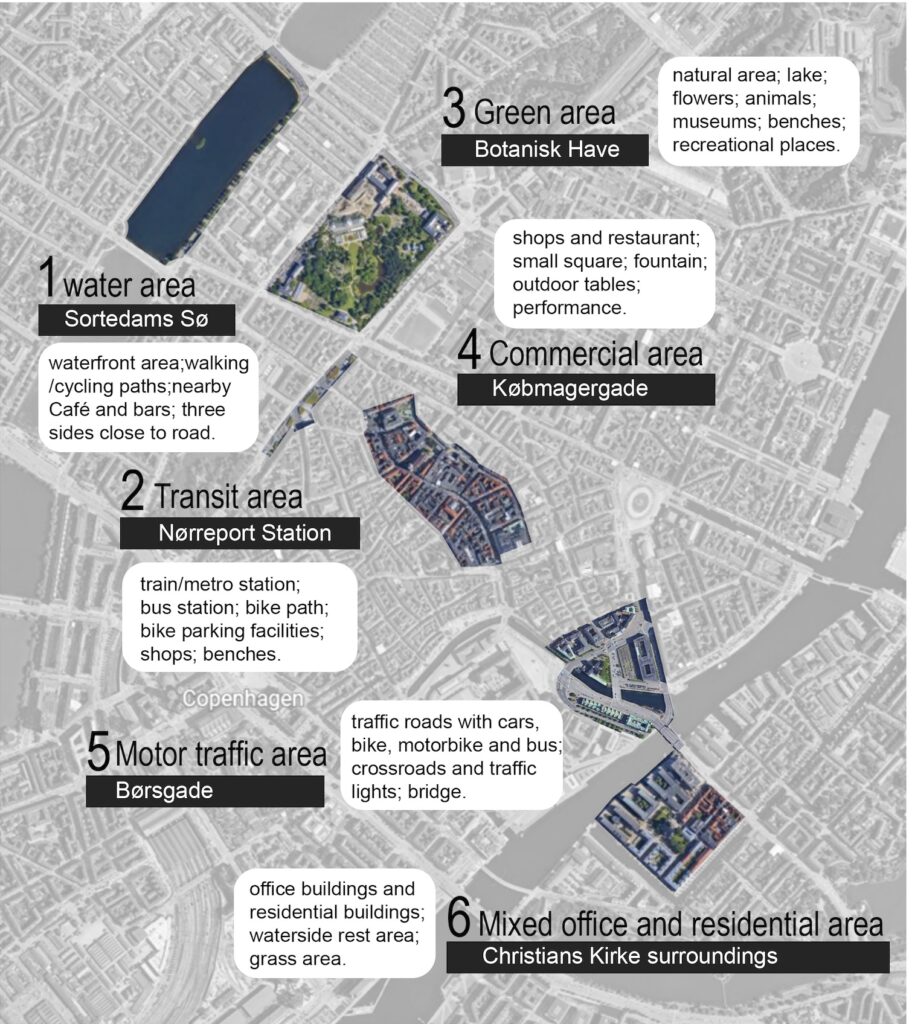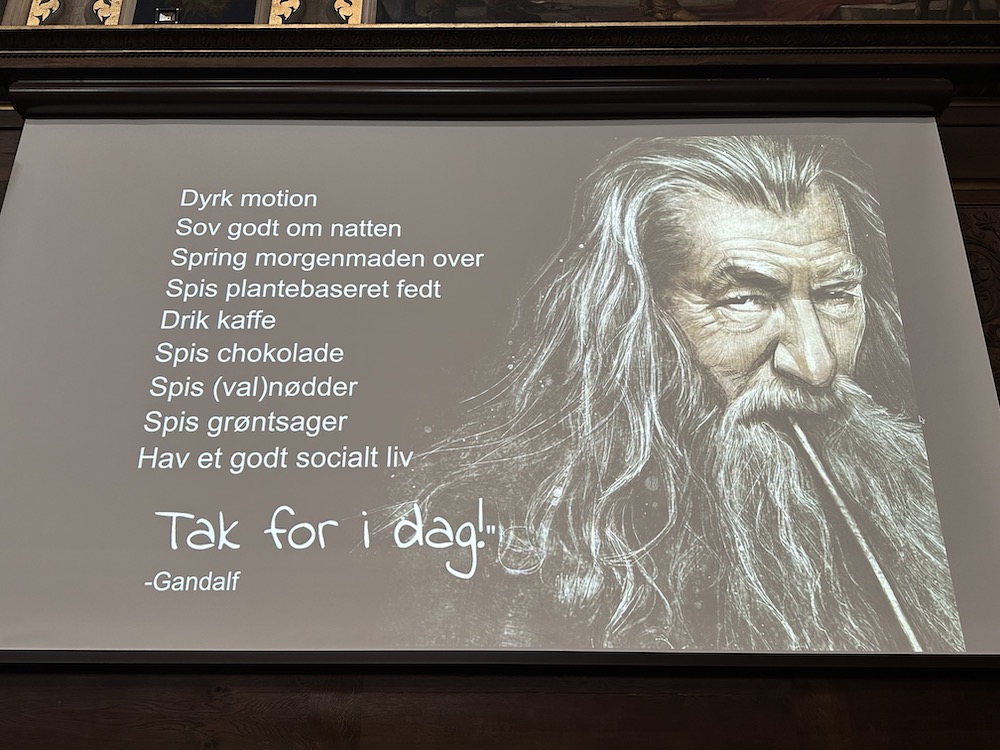
City Walk: Urban Context May Make a Difference on Human Health
Urban features like water and green are beneficial to city dwellers, but context is important. If bushes are too high they may provoke fear due to the poor visibility, and if there are no benches for people to enjoy the green, it can mitigate the positive effect of city life. 86 people have helped measure the association between urban features and human physiological stress by walking the city of Copenhagen.
The environment can be stressful to humans. Noise, air pollutants, radiation or high temperatures. But how do stressors from the built environment actually affect us and in what context? By employing three tracking tools, PhD researcher Zhaoxi Zhang decided to find out.
Box 1: Built environment is defined as the human-made space that supports human activities, such as living, working, and recreating on a day-to-day basis. It can be trees, buildings, roads rather than the physical environment such as noise, air pollutants, temperatures.
Zhaoxi Zhang recruited 86 people for the project via social media and they were all – in groups of five at a time – equipped with three devices:
1. Front-facing wearable camera to take pictures of front views of every participant in public open space
2. A medical-standard wristband equipped with an electrodermal activity sensor and infrared thermopile to measure skin response and skin temperature four times every second. The detection of physiological stress response was implemented based on the assumption that skin conductance increases and skin temperature decreases when a negative experience occurs.
3. GPS device to collect position every 5 second.
The participants walked for three hours in six specific sites, see illustration below.
Sortedams Sø (water area), Nørreport station (transit area), Copenhagen Botanical Garden (green area), Købmagergade (commercial area), Børsgade (motor traffic area), and Christians Kirke surroundings (mixed office and residential area). They stayed 20 minutes each place.

Aspects such as heart rate, skin temperature, galvanic skin response, also known as electrodermal activity were measured and assessed to investigate physiological stress response.
Box 2: Public open space (POS) include parks, streets, recreational grounds, sports fields, commons, lakes, which offer the opportunity for public recreation and amenity
The results, of course, was that public open spaces with greenery and water space is good to human health. But that it is all about context.
The findings indicate that the type of urban context may confound the effect of green and blue urban features; i.e., the effect on physiological stress response can be positive or negative depending on the context.

“In our study, we found that People respond differently. Females from our data sample have higher levels of physiological stress response in the transit and traffic area. Whereas males have higher levels in the commercial area,” said Zhaoxi Zhang.
Overall, commercial area, the transit area and the motor traffic area had higher levels of physiological stress response, while the water area, green area, and mixed office and residential building area had lower levels of stress.
“Context is really important. Narrow streets with lots of cars and parked bicycles for example are very stressful to people.”
In general parked vehicles, limited walking space and traffic near crossroads and low quality of water might be stressors for pedestrians in urban environments.
Different types of greenery may influence people in different ways. Some plants, such as bushes, when located at corners, may negatively impact human since they can block people’s view, making people alert. But it can change depending on context.
Sitting facilities, such as in the green area – but also in the commercial area – could be a positive feature to help people relax when they are available and in good condition. But in a traffic area, sitting facilities near roads may not successfully relieve the physiological stress response.
What to do?
To promote the positive effects of beneficial urban features, the findings imply that context, as a “buffering” surrounding people, can mitigate the negative effects of some stressors to some degree. For example, compared with narrow streets, adequate space, such as city squares, could better guarantee personal space in the situation of overcrowding. Enough buffering areas between humans and stressors (e.g. vehicle) in the built environment may help reduce physiological stress.
Secondly, “inactive” designs of urban features may intensify people’s stress responses. For example, dull facades of buildings can make people feel bored and annoyed, poor management of car and bike parking can disappoint people. Thus, we need health-orientation urban design to improve urban quality and cope with the stressors in public open spaces.
Creating an environment that encourages healthy living is a common wish. We hope more guidelines can lead to rethink, redesign and renew our urban space, so that citizen can benefit from healthy environment.
Illustration: Zhaoxi Zhang Photo: Screendump from interview


Could incorporating more interactive and engaging elements in urban design reduce stress levels among city dwellers?
Tel U